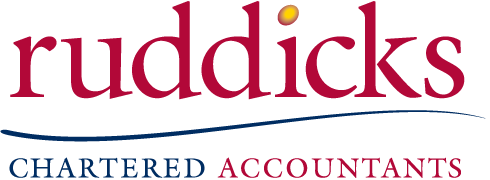What's YOUR risk profile?
SMEs - economic groups and entities in Australia that have an annual turnover of between $2 million and $250 million.
Wealthy individual - an Australian resident individual who, together with their associates, effectively controls net wealth of between $5 million and $30 million.
You are who you associate with
The ATO’s risk management approach involves the use of sophisticated datamining techniques to detect relationships between privately grouped entities to determine the risk profile of the entire group, rather than assessing risk on an entity-by-entity basis. Every entity in the group is then treated in accordance with the group risk level.
What does it mean for you?
Simply put, being classified as a high or medium risk taxpayer by the ATO means that you are not only more likely to receive some personal attention from ATO officers in the shape of reviews and/or audits, but the intensity of their enquiries will also escalate. The audit and to a lesser degree review processes, even if eventually found in your favour, are time consuming, expensive, nerve wracking and are best avoided. The most effective way of doing that is to lower your risk profile.
What NOT to do
These factors indicate increased compliance risk and attract attention of the ATO:
- tax performance varying substantially from business performance;
- inconsistencies in activity statements or spikes in refund claims;
- large, one-off or unusual transactions;
- tax and economic performance varying significantly from similar businesses in the same industry;
- unexplained losses;
- a history of aggressive tax planning by individuals or their advisers;
- weaknesses in compliance structures, processes and approaches;
- tax outcomes inconsistent with the intent of tax law;
- lifestyle not supported by after-tax income;
- treating private assets as business assets;
- accessing business assets for tax-free private use;
- not disclosing offshore dealings with overseas entities, especially low-tax jurisdictions and tax havens that allow banking secrecy;
- using complex structures and intra-group transactions to minimise tax;
- transactions where the tax and economic outcomes are inconsistent;
- poor governance and risk-management systems;
- distortions and inconsistencies in market valuations and apportionments;
- business performance falling outside small business benchmarks (for businesses with turnover of up to $15 million).
The good news? The compliance risk is reassessed as the taxpayers’ circumstances change and it is possible to lower your risk profile over time. Your Ruddicks adviser can help you identify the risk factors in your business or investments and assist you in developing a strategy to reduce your risk profile.
Reminder! Concessional superannuation contributions caps for people aged 50 years and over were halved from 1 July 2012. This means that any concessional contributions from all sources in excess of $25,000 in total for the 2013 financial year will breach the contribution cap and will be taxed at a higher rate. We recommend that you review any periodic payment authorities currently in place, including salary sacrifice contributions or speak to your Ruddicks adviser if you are unsure whether you are affected by this change.

